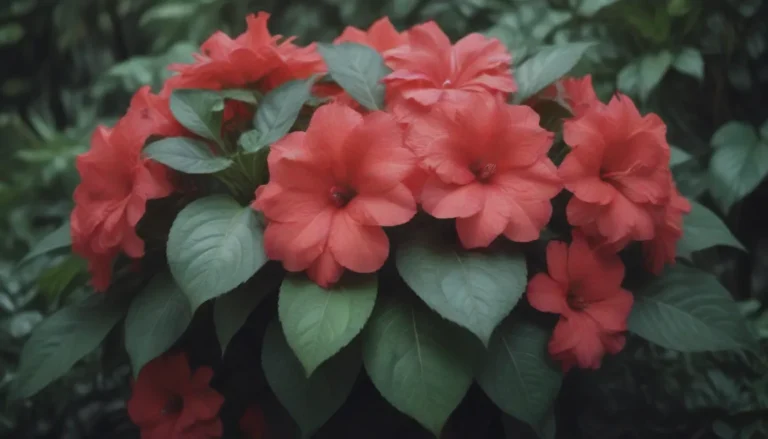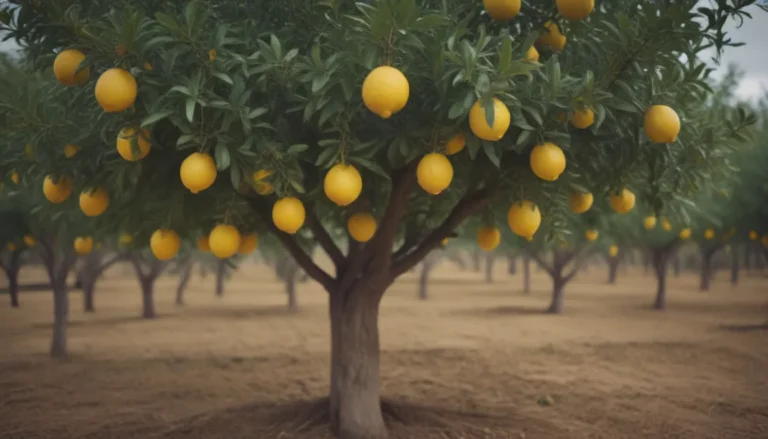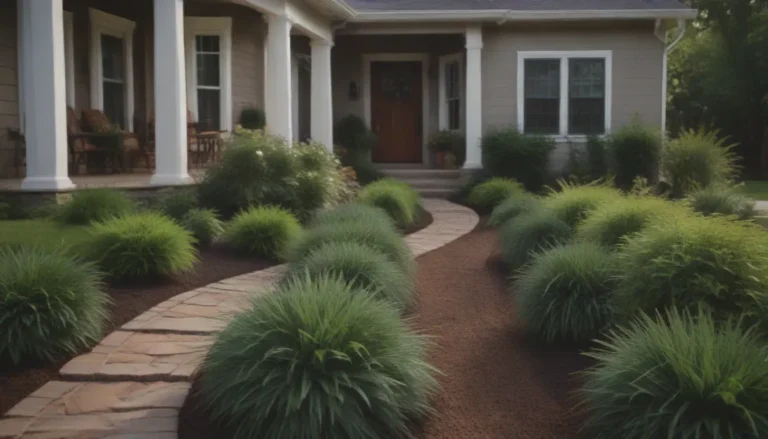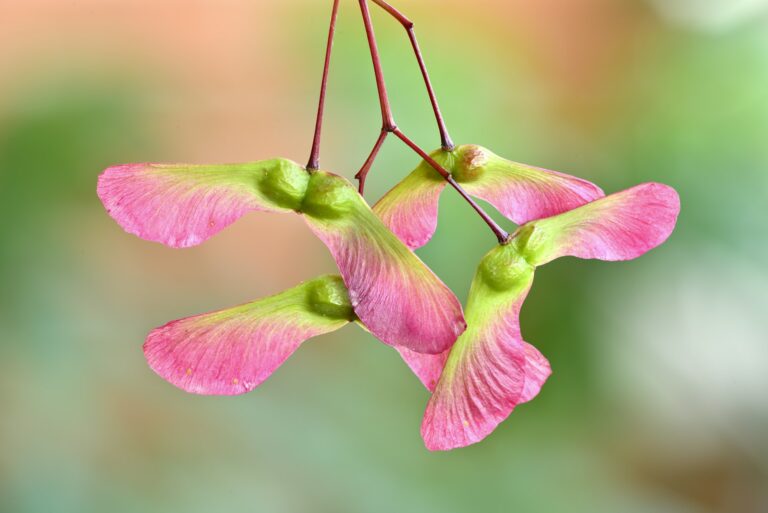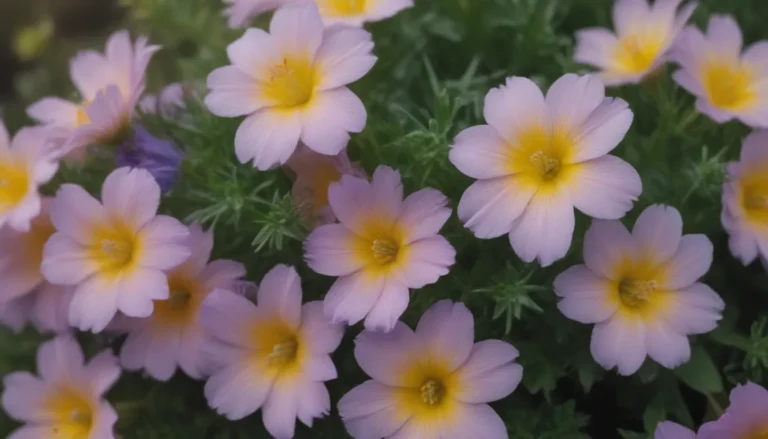Comprehensive Guide to Growing and Caring for Longleaf Pine Trees
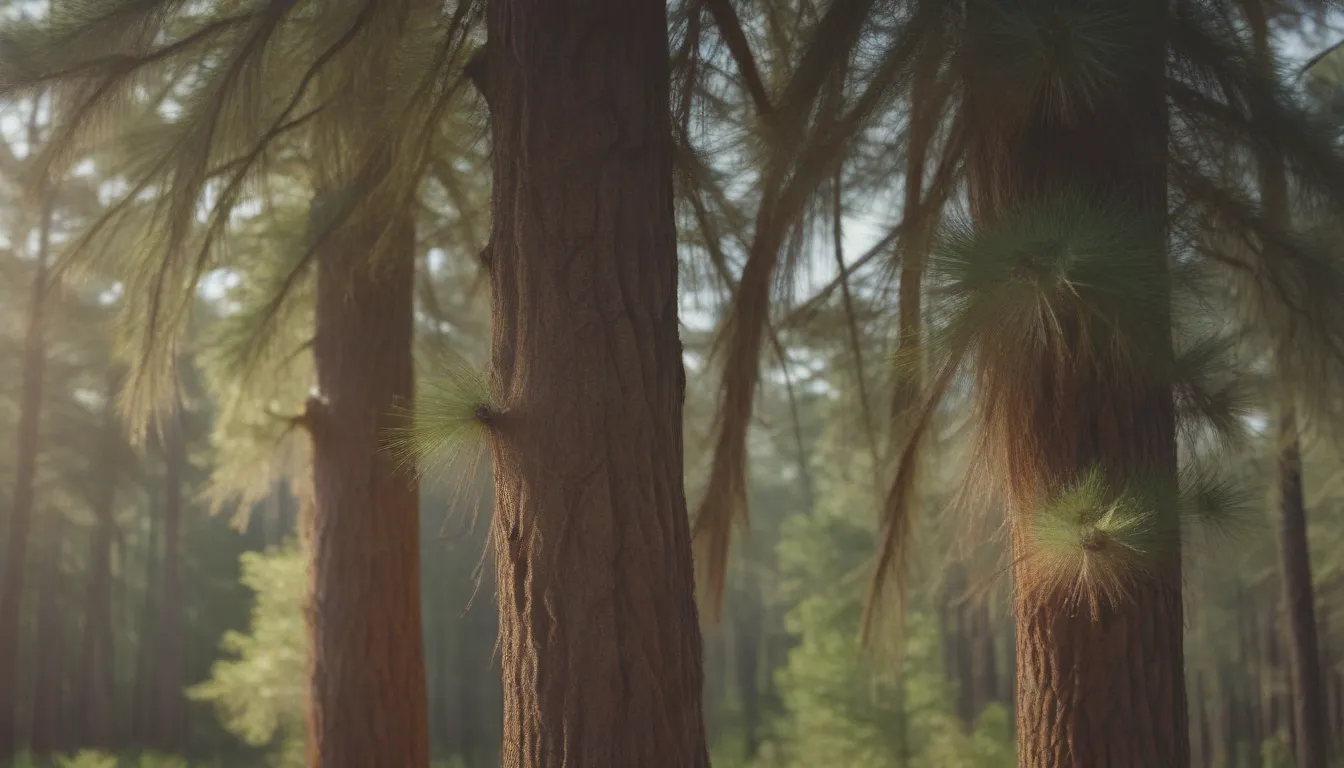
If you’re looking to add a unique and striking tree to your landscape, the longleaf pine is a fantastic choice. With its long needles and impressive cones, this tree can make a beautiful addition to any garden. In this comprehensive guide, we will walk you through everything you need to know to successfully grow and care for your longleaf pine tree.
Introduction to Longleaf Pine Trees
The longleaf pine is a majestic southern pine tree known for its long needles, which measure between 8 to 17 inches in length. These bright green needles grow in clusters of three at the end of the branches, creating a unique and almost weeping appearance. Additionally, the tree produces spiny, grayish-brown cones that are equally large and attractive. Both the needles and cones of the longleaf pine are commonly used in crafts due to their size and beauty.
The bark of the longleaf pine tree features paper-like scales and has a reddish-brown color. While the longleaf pine is not typically grown in residential landscapes due to its size, it can serve as a stunning specimen tree if you have the space. The tree grows slowly, and during the first five to seven years, it may resemble a clump of grass rather than a tree. Longleaf pine trees provide food and shelter for various mammals and birds, making them an essential part of the ecosystem.
How to Care for Your Longleaf Pine Tree
Taking care of a longleaf pine tree involves providing the right conditions for optimal growth. Here are some key care requirements to ensure your longleaf pine thrives:
- Light: Longleaf pine trees require full sun to thrive and should be planted in a location that receives ample sunlight.
- Soil: Due to its long taproot, the longleaf pine tree prefers deep sandy loam soil with good drainage. A pH between 5.0 and 5.5 is ideal for optimal growth.
- Water: Young longleaf pine trees need regular watering until they are established. Keep the area around the tree weed-free to prevent competition for water and nutrients. Mature trees are drought-resistant but benefit from occasional watering during dry periods.
- Temperature and Humidity: Longleaf pine trees thrive in climates similar to their native habitat, with hot, humid summers and mild winters. They are not winter-hardy below USDA Zone 7.
- Fertilization: Longleaf pine trees do not require fertilizer and can benefit from a layer of compost applied around the tree annually. Keep the area free from weeds to prevent competition for nutrients.
Types of Longleaf Pine Trees
While there are no cultivated varieties of longleaf pine trees available, natural hybrids can occur between longleaf pine and other pine species like loblolly pine and slash pine.
Pruning and Propagating Longleaf Pine Trees
- Pruning: Some homeowners may choose to prune lower limbs of the longleaf pine tree for aesthetic reasons. When pruning, make cuts flush with the trunk, and avoid cutting branches in spring when sap is flowing. Limit pruning to a few branches per year to avoid slowing down growth.
- Propagation: Longleaf pine trees take a long time to mature, and vegetative propagation methods may not yield consistent results. It’s best to purchase a container-grown seedling for successful establishment.
Overwintering and Common Pests
Longleaf pine trees are relatively resistant to pests and diseases, making them a low-maintenance choice for your garden. However, common pests like pine bark beetles and borers can infest stressed trees. Avoid mechanical injuries to the tree and provide adequate water during dry periods to prevent pest infestations.
In years with dry weather, some browning and shedding of needles may occur, particularly on older needles closer to the base of the branches. This is a natural process, and maintaining proper care for your longleaf pine tree can help it stay healthy and vibrant.
Conservation of Longleaf Pine Trees
Once covering millions of acres in the southeastern United States, the longleaf pine tree has faced significant habitat loss due to deforestation and land conversion. Conservation efforts are in place to preserve and restore longleaf pine ecosystems, recognizing the importance of these trees in maintaining biodiversity and supporting wildlife.
By understanding the unique characteristics and care requirements of longleaf pine trees, you can contribute to the conservation of this iconic species and create a beautiful landscape feature in your garden.
In conclusion, growing and caring for longleaf pine trees requires attention to their specific needs and environmental conditions. By providing the right light, soil, water, and care, you can enjoy the beauty and ecological benefits of these majestic trees in your outdoor space. Remember to appreciate the natural beauty and importance of longleaf pine trees in supporting biodiversity and wildlife habitat conservation.
